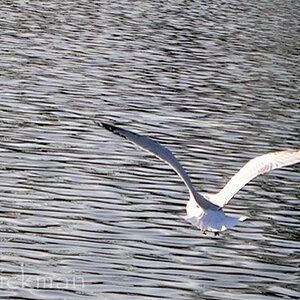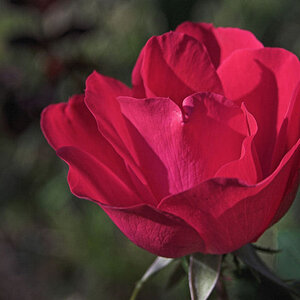pazzy
TPF Noob!
- Joined
- Feb 12, 2007
- Messages
- 35
- Reaction score
- 0
- Can others edit my Photos
- Photos OK to edit
I'm looking for a lens and i have found these two (for example)
it is a 70-300mm f4-5.6 IS USM CAnon lens
its priced at sterling 380 on that site , there is another 70-300
70-300mm F4.5-5.6 DO IS
at 819 Sterling ??
Im presuming its the DO IS thats better ? what is the difference between IS USM & DO IS ?
it is a 70-300mm f4-5.6 IS USM CAnon lens
its priced at sterling 380 on that site , there is another 70-300
70-300mm F4.5-5.6 DO IS
at 819 Sterling ??
Im presuming its the DO IS thats better ? what is the difference between IS USM & DO IS ?



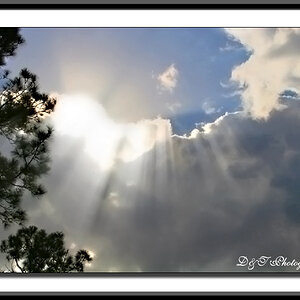
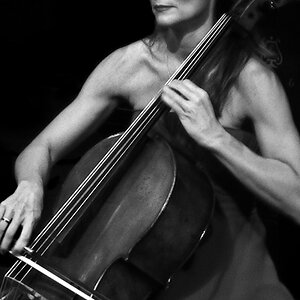
![[No title]](/data/xfmg/thumbnail/34/34145-b89ccc67a24004d6d7a9026a7395914b.jpg?1619736318)
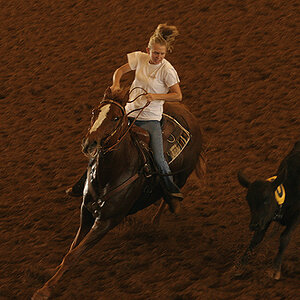
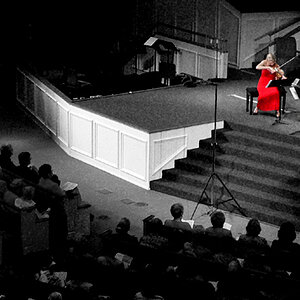
![[No title]](/data/xfmg/thumbnail/41/41923-ddfdc5596c5073ae69761e32124481cf.jpg?1619739945)
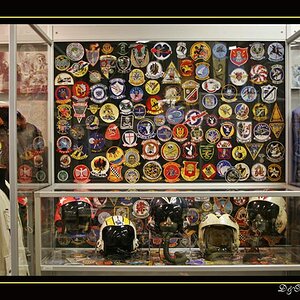
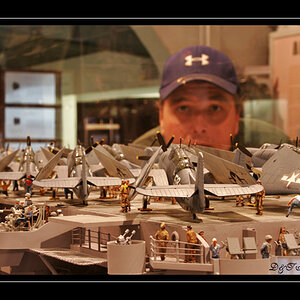
![[No title]](/data/xfmg/thumbnail/41/41925-e3c7dc0bf7e49541e177841ac968253a.jpg?1619739945)
